Service hotline
+86 0755-83975897
Release date:2024-09-21Author source:KinghelmViews:2082
Summary:
Here's a quick breakdown of how each generation stacks up:
1st Gen: φ2.0mm diameter, <3.0mm height, supporting up to 100Mbps, ideal for basic Ethernet applications.
2nd Gen: Same diameter, reduced height (<2.1mm), with similar use cases as the 1st Gen.
3rd Gen: φ1.4mm diameter, <1.6mm height, supporting up to 6GHz, designed for high-speed applications like 5G and Wi-Fi 6.
4th Gen: φ1.5mm diameter, <1.7mm height, supports 10Gbps, with expanded protocol support, ideal for industrial automation and smart systems.
5th Gen: φ1.4mm diameter, <1.3mm height, optimized for compact devices while maintaining high performance.
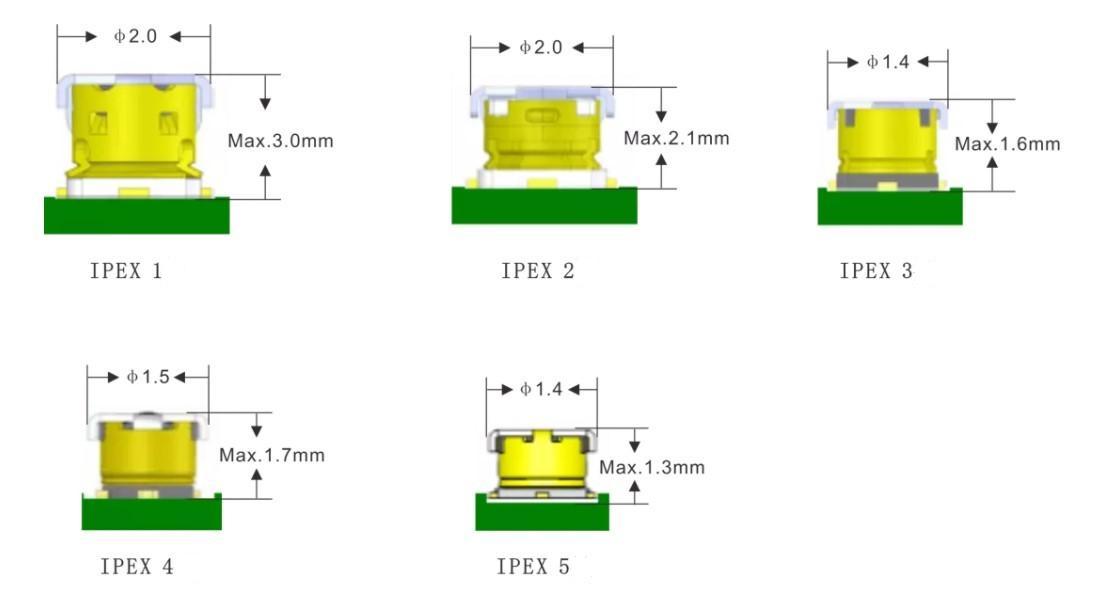
Image from Internet
In the realm of RF connectors and communication devices, the IPEX interface has become a widely adopted standard across industries like wireless communication, industrial automation, and medical equipment. As technology has progressed, the IPEX interface has undergone several generational advancements, evolving from the 1st generation to the 5th, with each iteration featuring distinct improvements and use cases. This article breaks down the key characteristics of each generation and their applications, offering a clear guide for selecting the right IPEX connector for your needs.
Key Differences Between IPEX Generations
IPEX 1st Generation: The Early Standard
The first generation of IPEX connectors provided a simple, versatile solution suitable for a variety of environments. Its key specifications include:
●Terminal Diameter: φ2.0mm
●Height: Less than 3.0mm
●Key Features: It supports Ethernet standards 10BaseT and 100BaseTX with data transmission rates up to 100Mbps. This generation offers decent mobility and environmental durability, making it suitable for both normal and harsh conditions. However, with the rise of faster networking technologies, the first generation’s data rate soon became a limitation, particularly for more advanced networking protocols.
The second generation of IPEX maintained much of the same functionality as the first but introduced optimizations in terms of size:
●Terminal Diameter: φ2.0mm, same as the 1st generation
●Height: Less than 2.1mm
●Applications: While the size is slightly smaller, the 2nd generation’s functionality remains largely the same, making it a good fit for general use cases.
With the 3rd generation, IPEX connectors underwent a major design overhaul to meet the demands of high-frequency, high-speed data transmission:
●Terminal Diameter: φ1.4mm
●Height: Less than 1.6mm
●Notable Features: The 3rd generation introduced an inner pin design, ensuring a tighter connection between the device and the connector. This design reduces signal loss and interference. It supports frequencies up to 6GHz, making it ideal for use in 5G networks, Wi-Fi 6, and other high-speed data applications.
The 4th generation took IPEX connectors to a new level with significant improvements in transmission speed and expanded application scenarios:
●Terminal Diameter: φ1.5mm
●Height: Less than 1.7mm
●Data Speed: Capable of handling data transfer rates of up to 10Gbps—10 times faster than the 1st generation.
●Application Support: This generation is compatible with a wide range of network protocols, including IPv6, ARP, and ICMP. Its versatility makes it particularly useful in industrial automation, smart transportation systems, and security monitoring.
●Environmental Adaptability: It offers improved mechanical stability, enhanced weather resistance, and better protection against signal interference, making it ideal for demanding environments.
The 5th generation of IPEX is the latest in the series, designed for even smaller devices while maintaining high transmission performance:
●Terminal Diameter: φ1.4mm
●Height: Less than 1.3mm
●Key Features: While application details can vary depending on the manufacturer, the 5th generation continues the trend of miniaturization, making it suitable for increasingly compact devices. Despite its smaller size, it delivers high-speed, reliable performance, inheriting the strengths of its predecessors.
Over five generations, IPEX connectors have evolved significantly, offering improvements in size, transmission speed, application range, and performance. Each generation has been tailored to meet the needs of different use cases. For standard Ethernet applications, earlier generations may suffice, but for high-speed, diverse applications in fields like industrial automation or smart transportation, the 4th and 5th generations are much better suited.
As technology continues to advance, the IPEX interface is expected to keep evolving, pushing towards even smaller designs, higher data transmission speeds, and enhanced functional support. This continued innovation ensures that IPEX connectors will remain a reliable and efficient solution for RF and communication equipment across various industries.
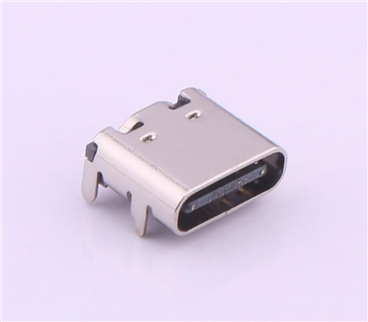
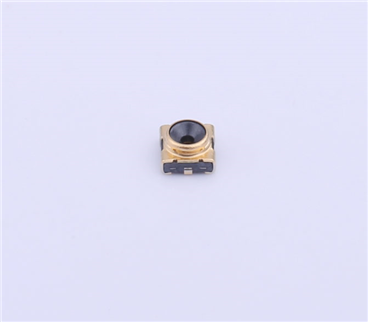
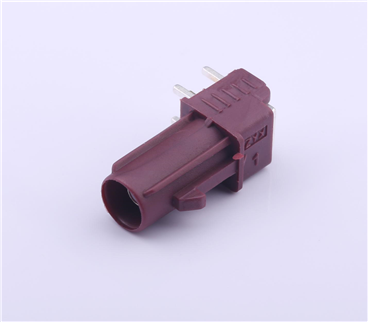
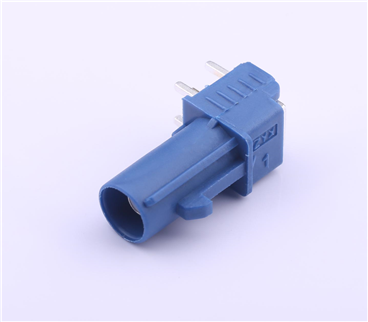

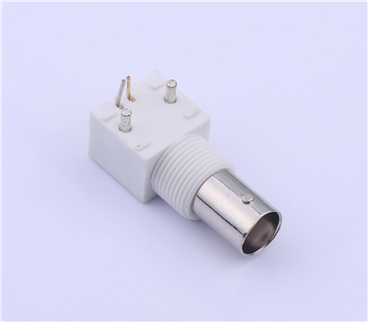
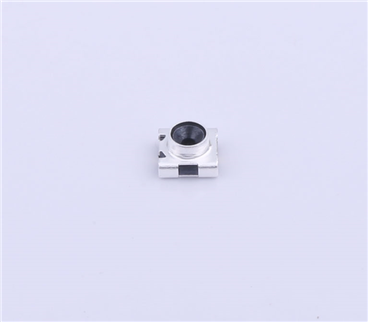
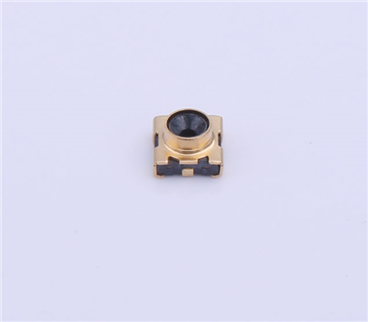
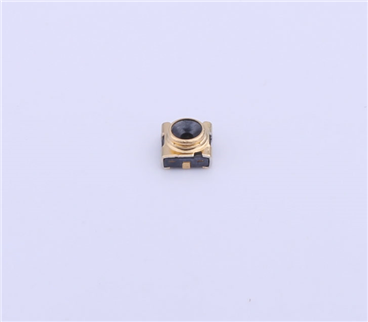
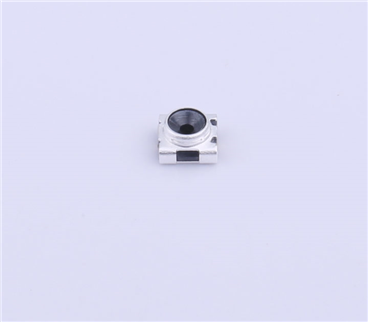
Copyright © Shenzhen Kinghelm Electronics Co., Ltd. all rights reservedYue ICP Bei No. 17113853